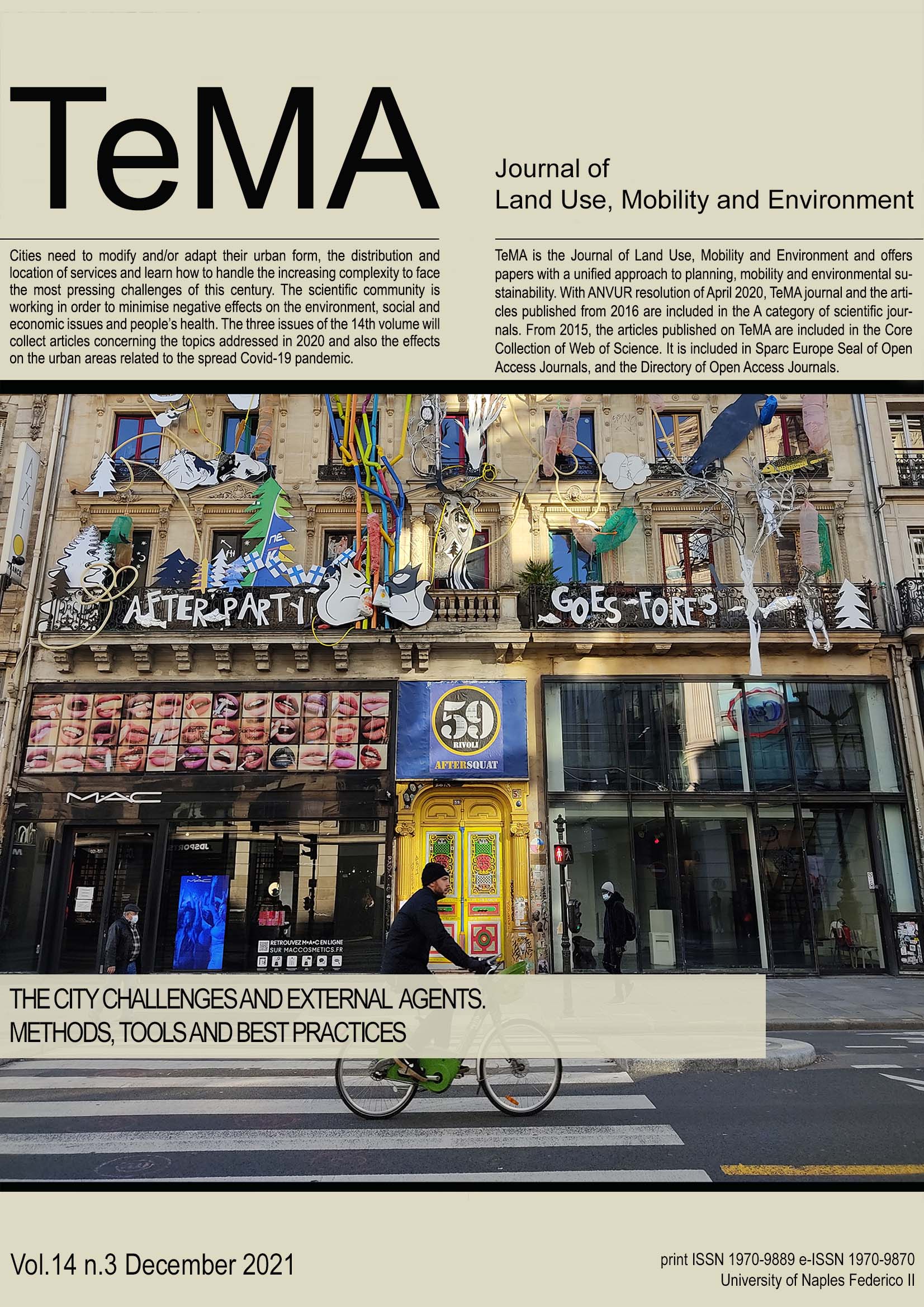Logit and probit models explaining perceived cycling motives, barriers, and biking trip generation in Lahore, Pakistan
DOI:
https://doi.org/10.6093/1970-9870/8113Keywords:
Bicycle, Biking Perception, Sustainable Transport, Urban Mobility, PakistanAbstract
Cycling as an attractive mode of transport is a challenge, especially in developing countries like Pakistan. Previous research on cycling in developing countries is insufficient to answer that how people can be encouraged to bike in different regions and cultures. This research, therefore, directs two research questions based on the perceptions of the people of Lahore. The first research question addresses the perceived motives of everyday biking trip generation and the second question addresses the perceived barriers in biking in the city of Lahore. The data sample of 379 subjects was collected through self-reported questionnaire across different socioeconomic groups. The questionnaire was designed to discuss the motives for biking such as affordability, reliability, and accessibility as well as to identify the barriers such as cultural issues, gender problems and non-availability of infrastructure for biking. Along with descriptive statistics, Multinomial Logistic was used to analyze perceived motives, Binary Logistic for perceived barriers and Ordinal Probit for biking trip generation. The obtained results are very interesting and provide various insights about the perceptions of people regarding biking trip generation, motives, and barriers with various factors involved. The results are beneficial to urban developers, city planners, transport planners, policy makers and other stakeholders.
Downloads
Downloads
Published
How to Cite
Issue
Section
License
Copyright (c) 2021 TeMA - Journal of Land Use, Mobility and Environment

This work is licensed under a Creative Commons Attribution-NonCommercial 4.0 International License.



